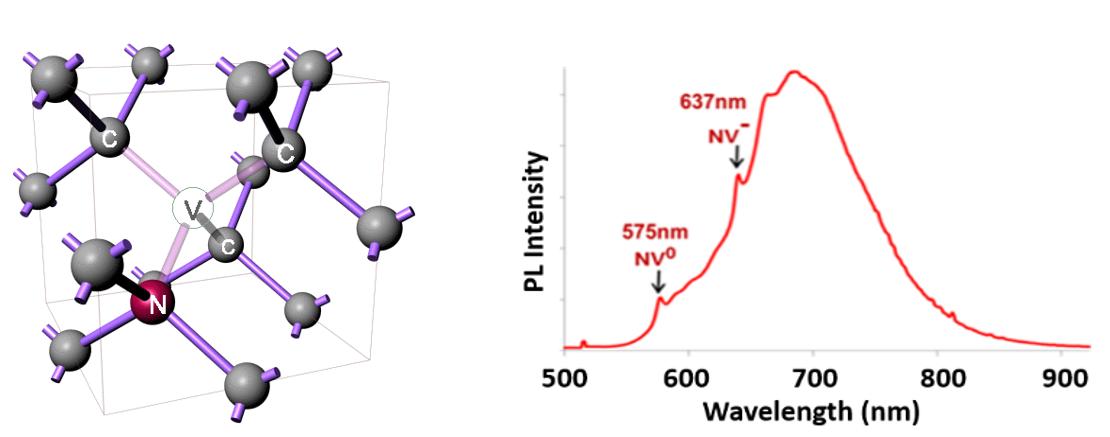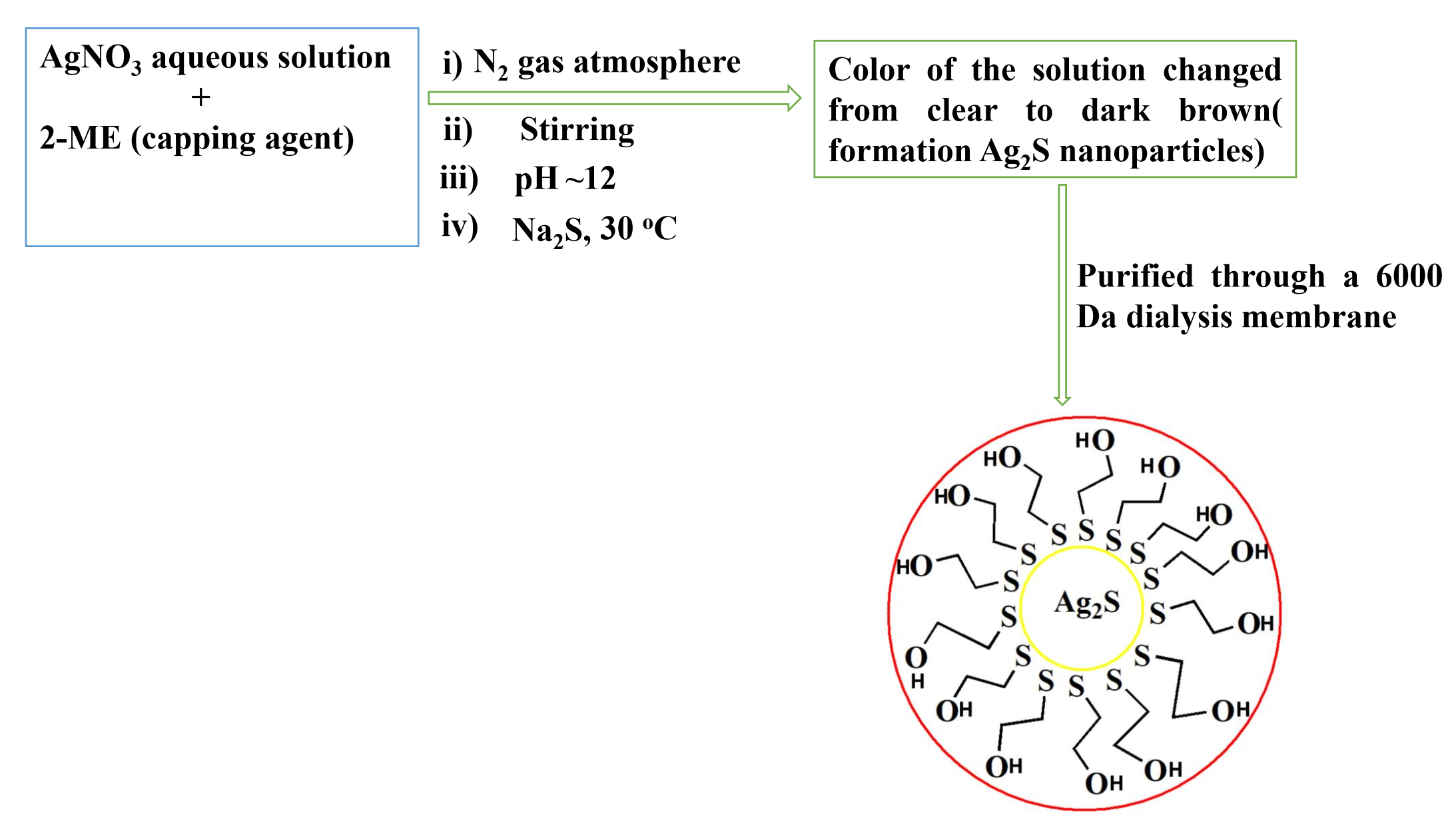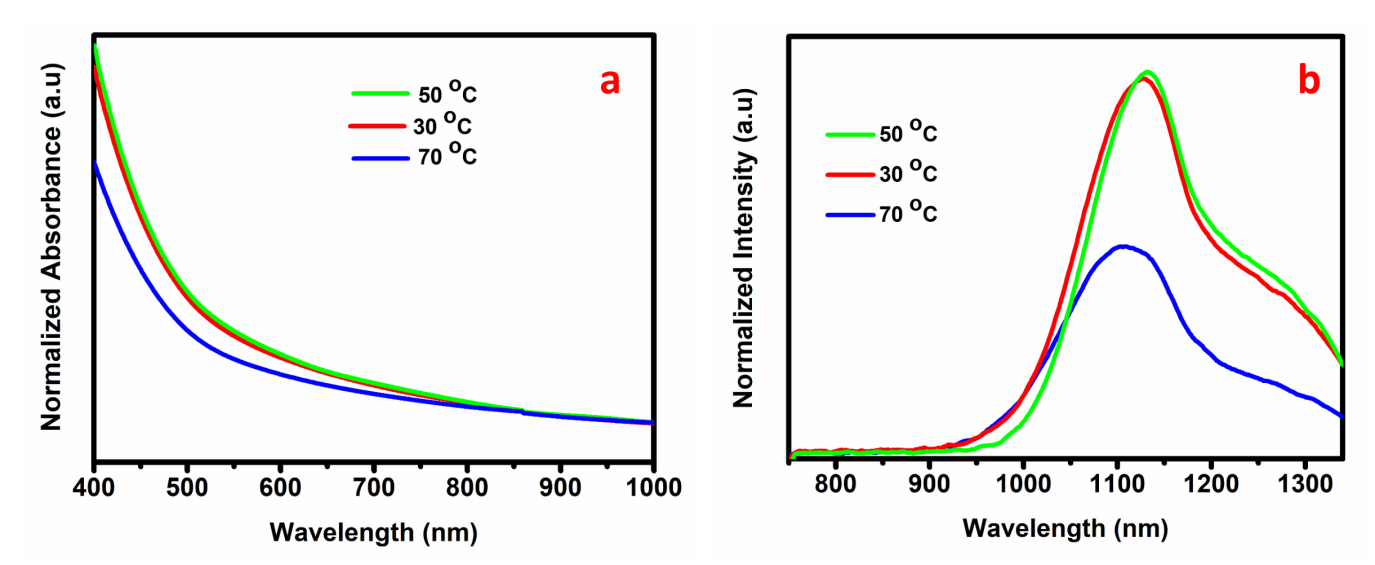More than 500 color centers in diamond are known, but only a few of them have been characterized properly. Only a fraction of the elements of the periodic table have been implanted into diamond. One of the topics of our group is to introduce novel color center by ion irradiation with controlled spatial distribution in diamond and study their emerging fundamental magneto-optical properties.

Schematic of NV center and photoluminescent spectra of nanodiamond particles containing NV centers.

